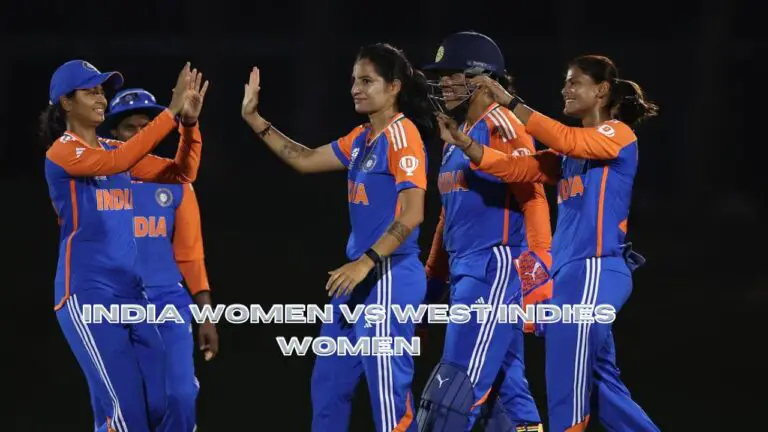
Gymnastics Rings Olympics
The rings event is a staple of artistic gymnastics, captivating audiences with its combination of strength, control, and elegance. Since its debut at the first modern Olympics in 1896, the rings event has been a true test of a gymnast’s upper body strength and precision. In this article, we delve into the history, significance, and technical aspects of the gymnastics rings at the Olympics. Gymnastics Rings Olympics
History of Gymnastics Rings at the Olympics
Introduction to the Rings Event
The gymnastics rings event, also known as still rings, is one of the most challenging and prestigious events in men’s artistic gymnastics. The event made its Olympic debut at the inaugural modern Games held in Athens, Greece, in 1896. Since then, it has become a permanent fixture in the Summer Olympics, showcasing the extraordinary abilities of gymnasts from around the world.
Early Years and Evolution
In the early years of the modern Olympics, the rings event was dominated by European gymnasts, particularly from countries like Germany, Sweden, and Italy. The routines were simpler compared to today’s standards, focusing more on basic strength moves and static holds. As the sport evolved, so did the complexity and difficulty of the routines, incorporating dynamic elements and intricate transitions.
Notable Olympic Champions
Over the decades, several gymnasts have left their mark on the rings event with memorable performances and record-breaking achievements. Some of the most notable Olympic champions include:
- Alois Hudec (Czechoslovakia) – Gold medalist in 1936 Berlin Olympics.
- Albert Azaryan (Soviet Union) – Gold medalist in 1956 Melbourne and 1960 Rome Olympics, known for popularizing the Azaryan Cross.
- Juri Chechi (Italy) – Gold medalist in the 1996 Atlanta Olympics, nicknamed “The Lord of the Rings.”
- Chen Yibing (China) – Gold medalist in the 2008 Beijing Olympics, celebrated for his impeccable form and strength.
Technical Aspects of the Rings Event
Equipment and Setup
The rings event is performed on a pair of wooden or synthetic rings suspended approximately 2.8 meters above the ground. The rings are connected to straps that are attached to a metal frame, allowing them to swing freely. The gymnast must perform a series of skills and transitions while maintaining control and minimizing swing.
Routine Composition
A typical rings routine consists of a combination of strength elements, swings, and dismounts. Gymnasts are required to demonstrate a high level of control, strength, and technique throughout their performance. Key components of a rings routine include:
- Strength Elements: These include static holds such as the iron cross, maltese, planche, and inverted cross. Gymnasts must hold these positions for at least two seconds to receive full credit.
- Swing Elements: These involve dynamic movements such as giants, inlocates, and dislocates. Proper execution of swing elements requires precise timing and body control.
- Dismounts: The routine typically concludes with a dismount, which involves a high-flying release move followed by a controlled landing. Common dismounts include double backflips, triple backflips, and twisting somersaults.
Scoring and Judging Criteria
The scoring system for the rings event is based on two main components: the difficulty score (D-score) and the execution score (E-score).
- Difficulty Score (D-score): This reflects the difficulty and complexity of the routine. Each element and combination of elements is assigned a specific value, and the total difficulty score is the sum of these values.
- Execution Score (E-score): This evaluates the gymnast’s form, technique, and overall performance. Deductions are made for any form breaks, lack of control, or improper execution of elements.
The final score is the sum of the D-score and E-score, with higher scores indicating a better overall performance.
Significance of the Rings Event in Gymnastics
Test of Strength and Control
The rings event is renowned for its demanding nature, requiring immense upper body strength, control, and precision. Gymnasts must demonstrate their ability to hold static positions, perform dynamic swings, and execute flawless dismounts, all while maintaining perfect form and control.
Showcase of Skill and Dedication
Performing a rings routine at the Olympic level is a testament to a gymnast’s dedication and skill. The years of rigorous training, discipline, and perseverance required to master the rings make it one of the most respected and admired events in gymnastics.
Inspiration for Future Generations
The rings event has inspired countless young gymnasts to pursue their dreams and push the boundaries of what is possible in the sport. Legendary performances by past champions continue to serve as a source of motivation and inspiration for aspiring gymnasts around the world.
Conclusion
The gymnastics rings event at the Olympics is a captivating showcase of strength, control, and artistry. From its inception in 1896 to the present day, the rings have remained a true test of a gymnast’s abilities and a highlight of the Summer Games. As we look forward to future competitions, the legacy of the rings event continues to inspire and captivate audiences worldwide.





